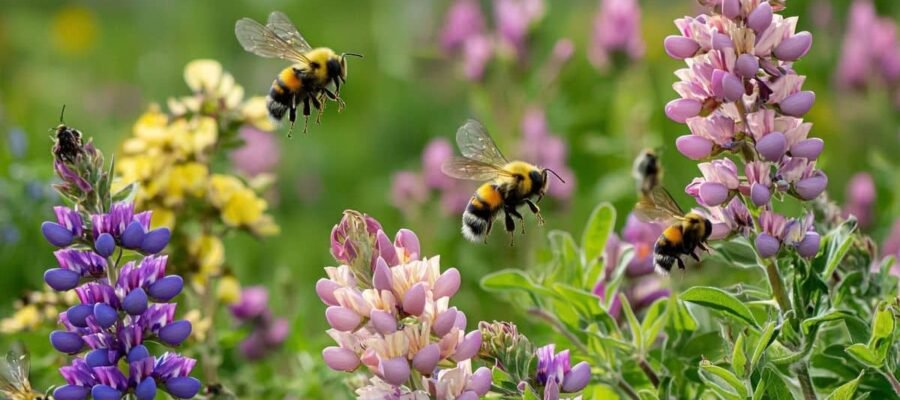For several years, gardeners have been observing an unexpected phenomenon: wild flowers, often neglected in favor of aromatic plants, attract more pollinating insects than cultivated plants. This observation, shared by many nature lovers, reveals a crucial ecological reality. As biodiversity declines, these wild species could become essential allies in the protection of pollinators.
Country plants, like hollyhock or the musk mallowthey offer more nutrient-rich nectar and pollen than hybrid varieties. Their often simpler floral structure facilitates access to resources for insects. Unlike aromatics, selected for their culinary properties, these species have evolved in symbiosis with pollinators, developing optimized attraction mechanisms.
Examples of effective plants
- Hollyhock : Its large, colorful flowers produce abundant nectar, attracting bees, bumblebees and butterflies.
- Musk mallow : Its small pink flowers are popular with butterflies and honey bees.
- American sweetgum : Its fragrant, honey-bearing, nectar-producing flowers attract foraging insects.
The limits of aromatic plants
Aromatics, although sometimes honey-bearing, have major disadvantages. Their intensive breeding has often reduced their ability to produce pollen and nectar. For example, the lavender or the romarinialthough popular, they offer less abundant resources than wild species. Furthermore, their often short flowering limits their usefulness to pollinators.
A paradox to be resolved
Gardeners must balance their desire to create an aesthetically pleasing space with the needs of insects. One solution is to integrate flowering fallows in green spaces, letting spontaneous plants grow or sowing suitable seed mixtures. These areas, ideally exposed to the sun and protected from the winds, become refuges for pollinators.
Techniques to optimize insect attraction
Choice of suitable species
Plant selection depends on the climate and season. In summer please hollyhocks or the edible weeds (like musk mallow), while in autumn the stars or the chrysanthemums detect. Deciduous trees, such as American sweetgumthey also offer valuable resources thanks to their honey-producing flowers.
Practical advice
- Avoid sterile hybrids : Favor unmodified varieties to maximize pollen production.
- Vary flowering times : Create a succession of flowers to feed insects all year round.
- Include perennials : They require less maintenance and provide a sustainable food source.
Caring for field plants
Contrary to popular belief, these species do not require intensive maintenance. Here are the key steps:
- Moderate watering : Fresh soil is essential, but avoid excess to prevent diseases such as rust.
- Tutoring : Tall stems (such as those of hollyhocks) may require support to resist wind.
- Removing faded flowers : This practice promotes the production of new flowers and limits the dispersal of unwanted seeds.
- Winter protection : Light mulch protects young plants from frost, especially during the first year.
Pest management
Aphids and fungal diseases (such as rust) can affect plants. To fight them:
- Black soap spray : Eliminates aphids without damaging beneficial insects.
- Bordeaux blend : Treat fungal infections as a preventative measure in spring.
The impact on agriculture and biodiversity
An important agricultural issue
Pollinators are essential for fruit and vegetable production. Without them, crops such as apples, tomatoes or pumpkins could not grow. Urban gardens, even small ones, play a key role in providing ecological corridors between rural areas.
Alarming figures
- 40% of pollinating species are threatened on a global scale.
- 75% of cultivated plants depend on animal pollination.
Initiatives of citizens and institutions
Associations like Polliflora campaign for the reintroduction of biodiversity in urban areas. Their approach combines the greening of public spaces and raising awareness among residents.
Project examples
- Creating shared gardens : Collective spaces cultivated with country flowers.
- School awareness : Workshops to teach children to identify plants useful to insects.
- Partnerships with Municipalities : Transformation of green spaces into refuges for pollinators.
The challenges to face
Competition with urban spaces
Cities, often designed for aesthetics or functionality, neglect the needs of pollinators. Mowed lawns, asphalt driveways and sterile ornamental plants reduce available habitat.
Innovative solutions
- Green roofs : Integrate honey plants into buildings.
- Wild bands : Allow wild herbs and flowers to grow along the sidewalks.
- Neighborhood gardens : Community spaces dedicated to plants useful to insects.
Citizen education and participation
The success of these initiatives depends on the mobilization of residents. Awareness campaigns, such as those run by Polliflora, explain the importance of pollinators and provide practical advice.
Role of the media and social networks
- Video tutorials : Shows how to create a pollinator garden.
- Cellular applications : Identify local plants beneficial to insects.
- Local events : Sowing or planting workshops with experts.
Country flowers, long underestimated, are proving to be precious allies for biodiversity. By integrating them into gardens, citizens help protect pollinators, essential for agriculture and the balance of ecosystems. This simple and effective approach demonstrates that individual actions can have a significant collective impact.
latest posts published
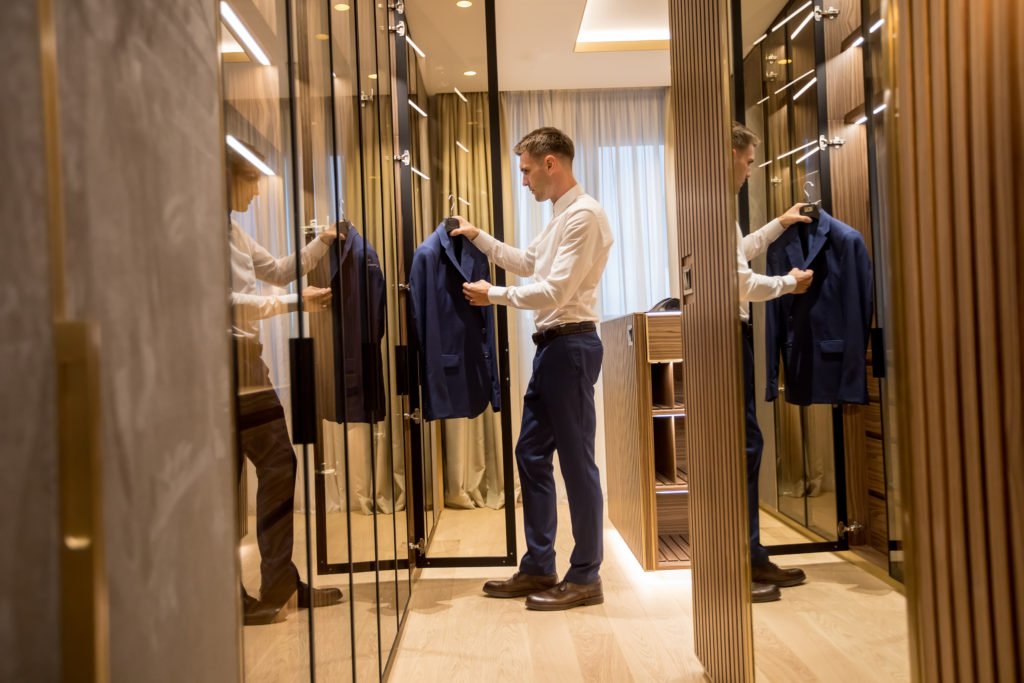
How to set up a wardrobe in your apartment: tips and advantages
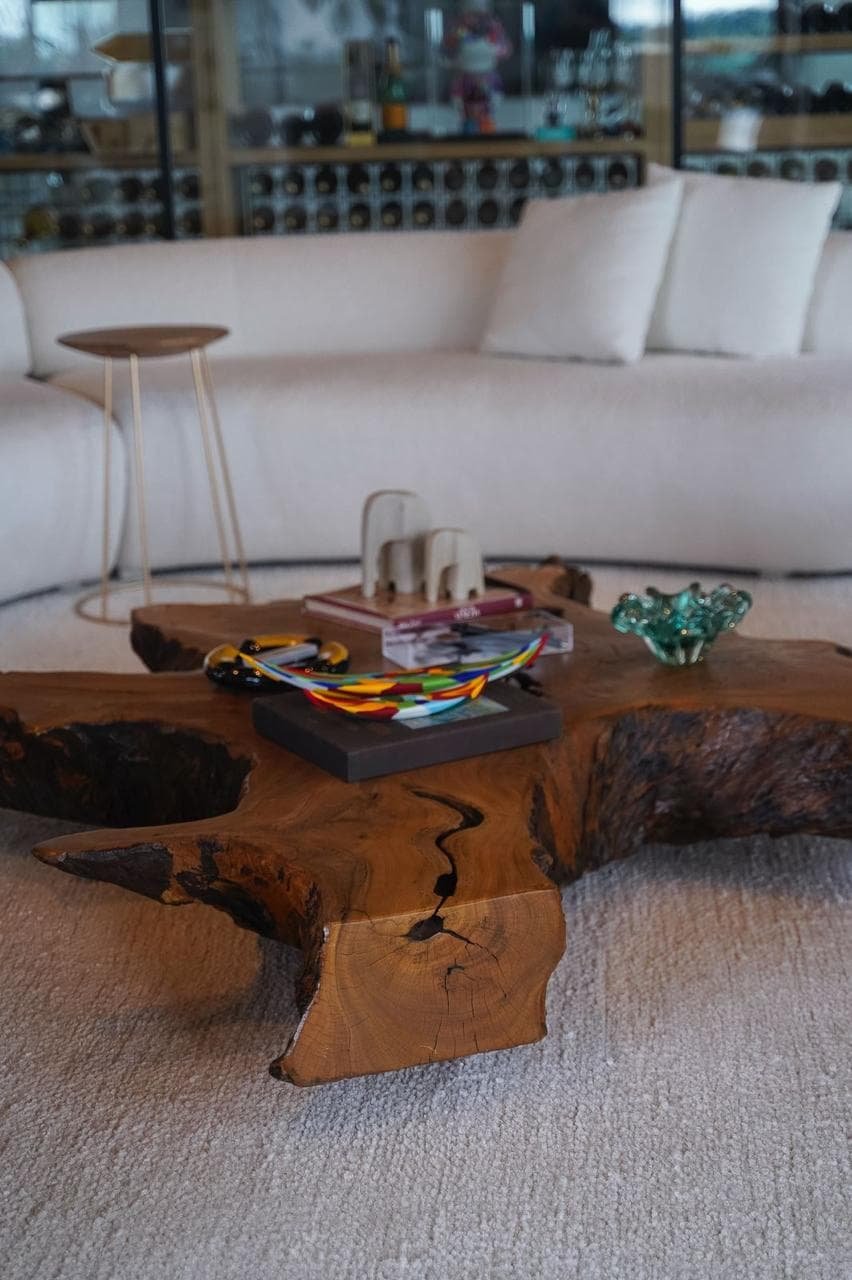
Discover the sophisticated furnishings of Progetto Decor

Luxury design: the balance between comfort, elegance and functionality

Discover the luxury furnishings of Progetto Decor

Garden in the apartment: discover the advantages
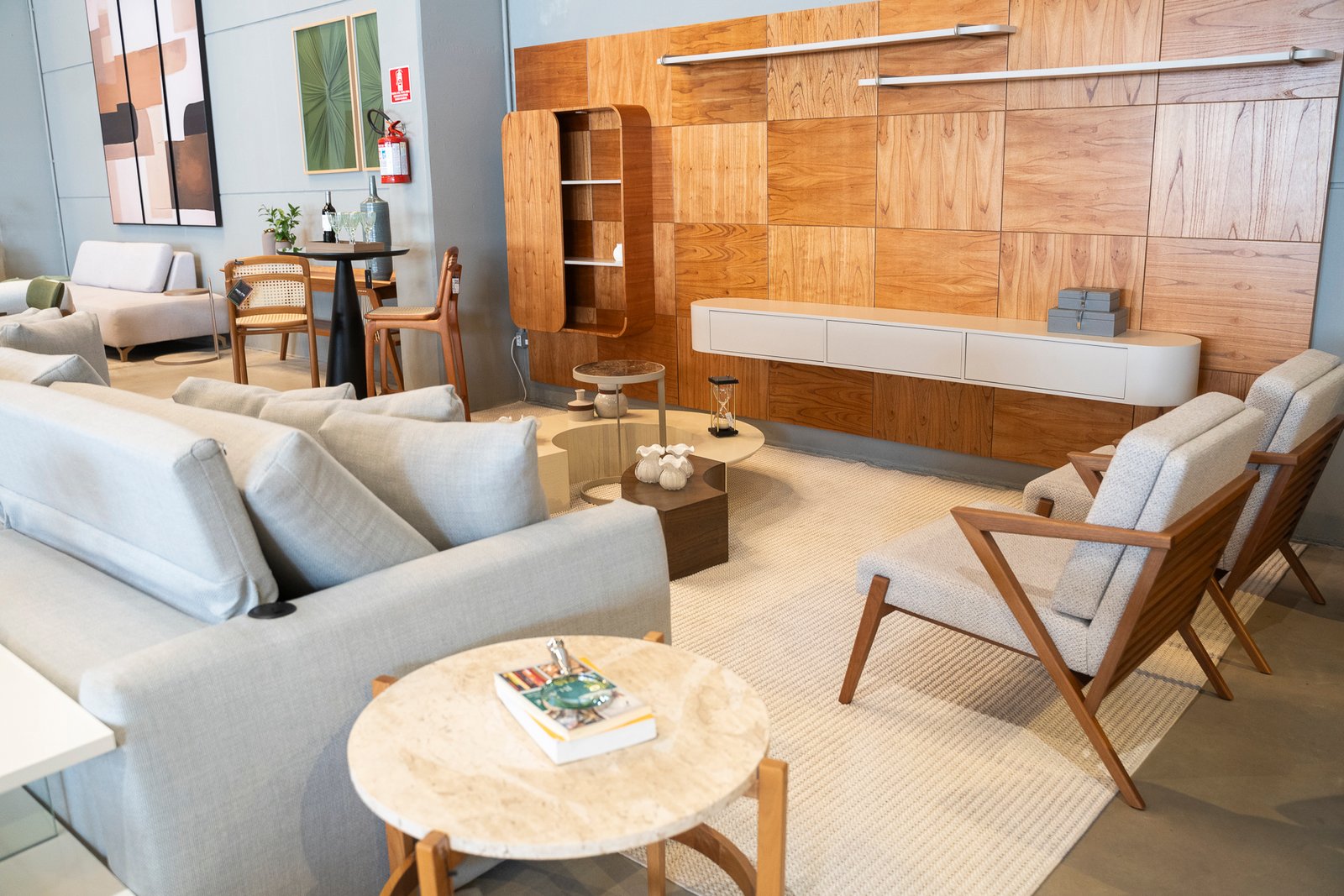
Discover Progetto Decor’s line of custom-made luxury furniture

The main tips for creating integrated environments
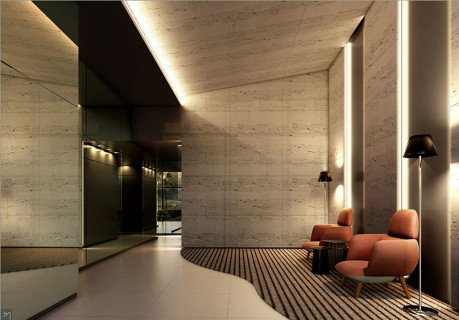
Ambient lighting tips

3D projects: transform spaces with luxury and innovation


